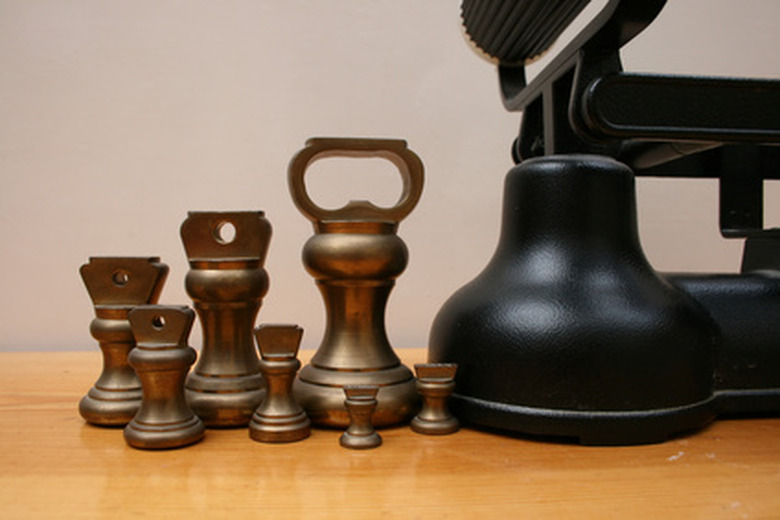Types Of Scientific Scales
Scientific weight scales are one of the most important instruments in the laboratory.They are used to measure the weight and mass of many different kinds of solids, liquids or powders. Assessing and recording weights is a necessary procedure across the spectrum of the scientific disciplines. Accurately determining the weights of chemicals is a crucial aspect of a chemistry lab. It can make the difference between a successful reaction or a failed experiment. Scientific weight scales are available in a variety of types, though they all perform the same function.
Digital Scales
Digital Scales
Digital scales give fast measurements and have easy-to-read automatic liquid crystal displays. They use advanced electronic circuitry to give a quick, accurate readout. Digital scales come in all sizes with a variety of weight capacities. Because of their internal electronics they must be kept dry and can't be used in humid or wet areas. Most digital scales have an accuracy range of .1 gram to .01 gram Some digital scales have the advantage of using an AC adaptor so they can be plugged into an electrical outlet, saving money on batteries. Most battery-powered digital scales come with automatic shutoff, extending the lifespan of the batteries. Digital scales often feature auto and user calibration, last weight memory and techtronic sensoring capabilities.
Pan Scales
Pan Scales
Pan scales are a widely used type of analogue or digital scale. They are easy to transport and are often used for weighing specimens in the field. They are a sturdy type of scale and will stand up to rough handling. Analogue pan scales are fairly accurate and are not susceptible to moisture damage. The pan can be removed and is handy for pouring off granular substances like gold dust. Pan scales come in a variety of designs and configurations.
Platform Scales
Platform Scales
Platform scales have a higher weight capacity than most other types of scientific scales and are useful for weighing heavy bulk materials. Floor platform scales are used in geology labs for weighing large rocks and minerals that would destroy or damage smaller scales. Platform scales can be either digital or analogue and range in size from small bench types to very large outdoor models capable of handling objects weighing multiple tons. Platform scales generally sacrifice accuracy for volume.
Balance Scales
Balance Scales
Balance scales were a widely used staple of science labs before the invention of digital scales. They were the first precision mass measuring instrument invented. They consist of a pivoting horizontal lever with weighing pans suspended from the equal-length arms. The object being weighed is placed on one weighing pan, while weights of known masses are placed on the other until they reach equilibrium and the beam balances.
References
Cite This Article
MLA
Whitmer, Phil. "Types Of Scientific Scales" sciencing.com, https://www.sciencing.com/types-scientific-scales-6892005/. 24 April 2017.
APA
Whitmer, Phil. (2017, April 24). Types Of Scientific Scales. sciencing.com. Retrieved from https://www.sciencing.com/types-scientific-scales-6892005/
Chicago
Whitmer, Phil. Types Of Scientific Scales last modified August 30, 2022. https://www.sciencing.com/types-scientific-scales-6892005/
